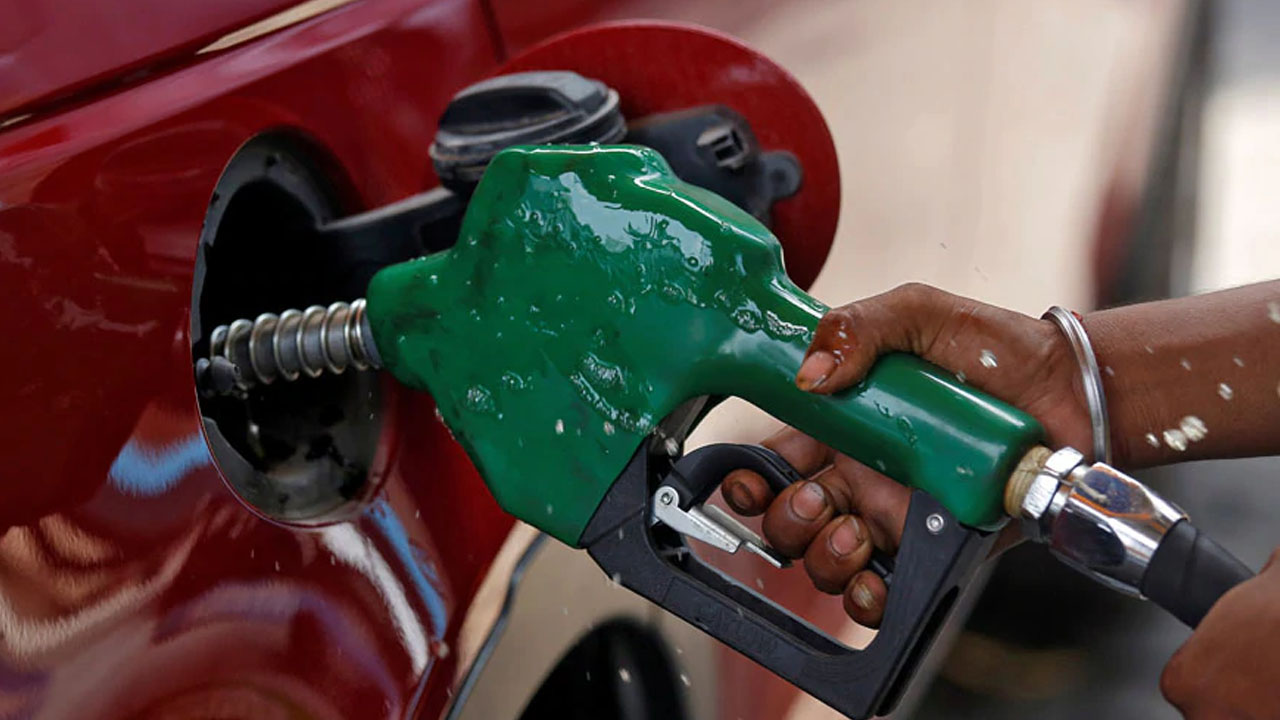In spite of a shortage of foreign currency in the domestic economy, the naira strengthened on Wednesday at the Investors and Exporters foreign exchange market, trading at N463.33 to the US dollar. The local currency is still under strain due to rising demand and declining FX availability.
While US Fed, ECB, and Bank of England rate hikes continue to cause foreign exchange outflow from the African market, oil receipt has been erratic and portfolio investors have kept their distance due to inadequate market returns and capital restrictions. In the bond market, yields fluctuated in different directions due to inflationary pressures and interest rate increases. The weekend saw a wormseed in the exchange rate throughout the FX markets as the market started to consider economic concerns before May 2029.
The current spot FX rate, which is trading lower than N464 from N464.42 on Tuesday, amounts to a daily gain of 0.23 percent, according to traders. According to market statistics, the open indicative rate on Wednesday finished at N464.29 to the dollar.
The highest exchange rate for the US dollar during trading on Wednesday on the FMDQ Exchange platform was N467 before it closed at N463.33. The naira reportedly traded for as little as N460 to the US dollar on Wednesday. On Wednesday, transactions in the official Investors and Exporters window totaled 77 million dollars.
In contrast, the parallel market lost value by 0.06%, falling from N760 to N761, as foreign reserves decreased. Nigeria’s overall international reserves were less than $35.2 billion in advance.
In the global crude oil market, Brent rose 1.38% to $77.04 per barrel, while West Texas Instruments (WTI) crude gained 1.95% to $73.45 per barrel. Oil futures rose on Tuesday, as seasonal energy demand outweighed demand concerns amid a stall in US debt ceiling talks. Elsewhere, gold was hovering around $1,972 per ounce (+0.15%), boosted by a downtick in US Treasury yields.
July export plans for some of the key Nigerian crude oil streams emerged on Tuesday, showing a slight decrease from the previous month. Loadings from the Forcados, Bonny Light, Bonga, and Qua Iboe streams will total about 600,000 barrels per day (bpd), compared with 580,000 bpd in June. The trimmed volumes were on the Bonny Light and Forcados streams, which technical issues have plagued in recent months, traders said.
The Escravos stream will load four cargoes, Erha and Agbami three, Agbami three, and Yoho two. Angola’s Sonangol offered a July loading cargo of Girassol crude at dated Brent plus $2.60 a barrel, but it was unclear if it was sold.














